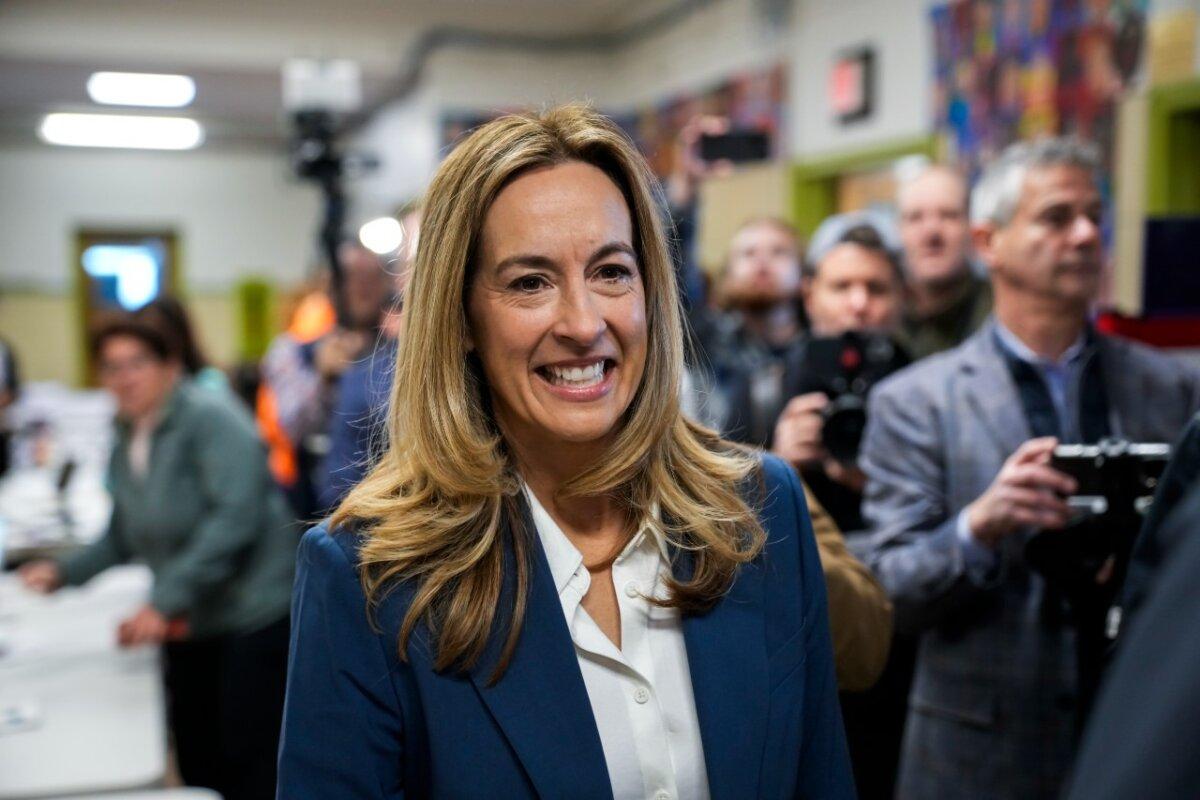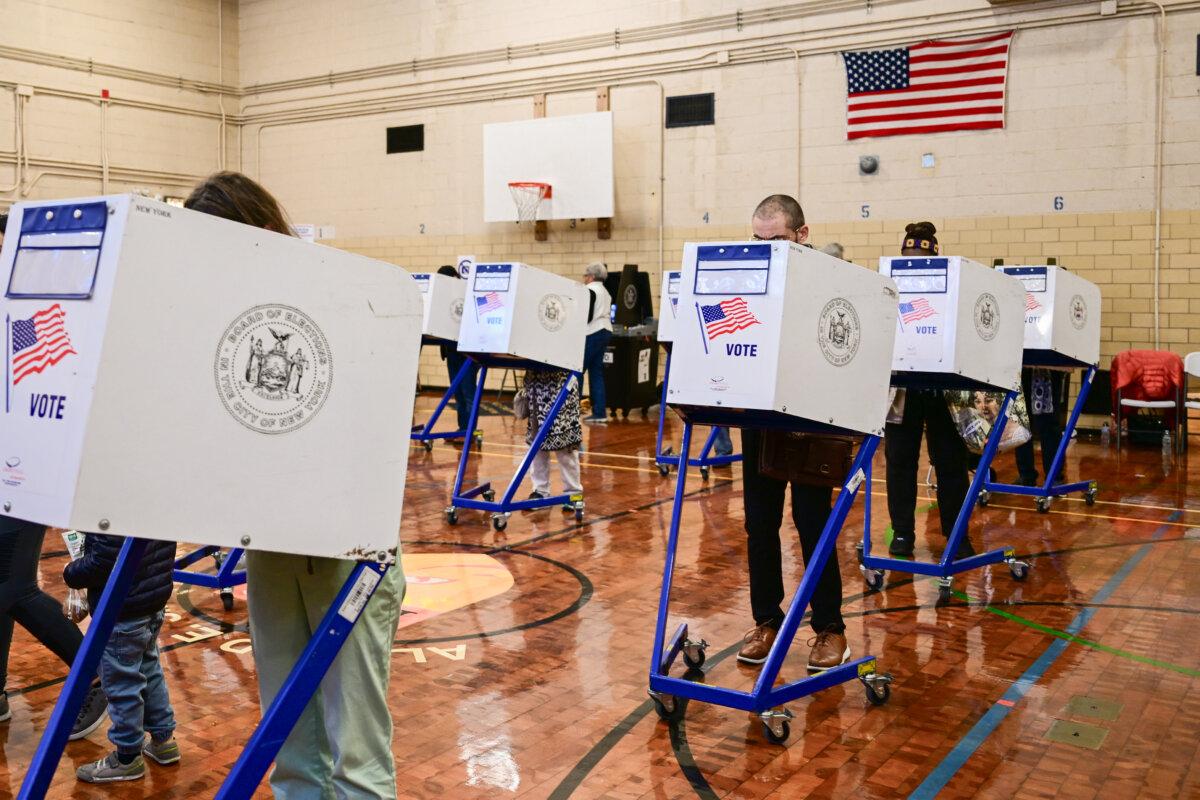Democrats Claim Key Wins in 2025 Off-Year Elections, Voters Focus on Affordability and Governance
On November 4, 2025, Democrats celebrated a series of significant victories across several states during off-year elections, set against the backdrop of a prolonged federal government shutdown, a high-profile New York City mayoral race, and ongoing redistricting disputes.
Historic Mayoral Victory in New York City
The biggest headline emerged from New York City, where Zohran Mamdani, a democratic socialist and relative newcomer to city politics, won the mayoralty. He defeated former Governor Andrew Cuomo, who ran as an independent, marking a historic milestone in the city’s political landscape.
Strong Showings in Gubernatorial Races
Democrats also secured decisive victories in key gubernatorial contests. In Virginia, former Congresswoman Abigail Spanberger (D-Va.) won by a double-digit margin, while in New Jersey, Representative Mikie Sherrill (D-N.J.) achieved a comparable win.
Republican leaders had tempered expectations before the elections. House Speaker Mike Johnson (R-La.) commented, “It won’t be a big surprise if the front-runners — the Democrats, the radicals — win some of these elections.” Senator Tommy Tuberville (R-Ala.) emphasized that results in heavily blue states were not necessarily a reflection of President Trump’s performance.
Political analysts noted the size of the victories was striking. Pollster James Lee described margins exceeding 10 points as “blowouts,” while Indiana University–Indianapolis political scientist Aaron Dusso observed that these outcomes align with historical trends in Democratic-leaning states.
Voters Prioritize Economic Concerns

Affordability and cost-of-living pressures were central to voter decision-making. In New York City, Mamdani’s campaign focused heavily on economic issues, particularly housing costs and overall affordability. Similar themes resonated in Virginia, where voters voiced concerns about high food, vehicle, and sales taxes.
Local voters expressed mixed perspectives. Autumn Lawson criticized what she described as “over-taxation,” while Siobhan preferred state income taxes over sales taxes. Meanwhile, Marcelo Lorenzo, a power industry worker who split his ticket, raised concerns about the rapid expansion of data centers and technology infrastructure.
Record Turnout in New York City
New York City reported the highest mayoral election turnout in decades, with over 2 million ballots cast, the largest since 1969. Early reports from the Board of Elections indicated that turnout had already surpassed 1.75 million, signaling robust voter enthusiasm. Pollster James Lee remarked, “This shows real enthusiasm for Mamdani.”
Ballot Measures Across States
In addition to elections, voters addressed numerous ballot initiatives:
Texas passed Proposition 15, affirming parental rights and prohibiting noncitizens from voting.
Maine rejected a voter ID and absentee ballot tightening proposal but approved a “red flag” measure limiting firearm access for those deemed dangerous.
Colorado supported tax adjustments generating funding for the Healthy School Meals for All Program, supplementing SNAP benefits.
Shutdown and Legislative Implications
Following the elections, congressional leaders expressed cautious optimism that the government shutdown might end soon. Senate Majority Leader John Thune (R-S.D.) suggested a resolution could occur this week, while House Majority Whip Tom Emmer (R-Minn.) noted that Democrats might feel less pressure to leverage the shutdown politically.

Political analyst Henry Olsen observed that Democrats’ election success could make them more willing to compromise, noting that victories in key states may reduce the need to rally swing voters against President Trump. Senators including Mark Kelly (D-Ariz.), Gary Peters (D-Mich.), and Mike Rounds (R-S.D.) expressed tentative optimism for an imminent deal.
Redistricting Shifts Could Influence 2026
In California, voters approved Proposition 50, authorizing temporary redistricting that could add five Democratic-leaning congressional seats in 2026. This counters GOP-friendly redistricting in Ohio, North Carolina, Missouri, and Texas, which collectively added nine Republican-leaning seats. Indiana may consider redistricting later this month, potentially gaining one GOP seat.
Olsen noted that presidential approval ratings remain strong predictors of off-year outcomes but said Proposition 50 could “dramatically boost Democrats’ prospects.” Dusso projected that Democrats could net around 10 additional seats overall, even accounting for losses due to redistricting.

Conclusion
The 2025 off-year elections demonstrated the continued strength of Democrats in traditionally blue states while highlighting voter concerns about affordability, taxes, and governance. High engagement in key contests, particularly in New York City, suggests heightened political involvement.
At the national level, these results could influence negotiations to end the government shutdown and shape the political landscape ahead of the 2026 midterms.
With redistricting battles and economic pressures still unfolding, both parties face a critical year that may redefine the balance of power heading into the next election cycle.
